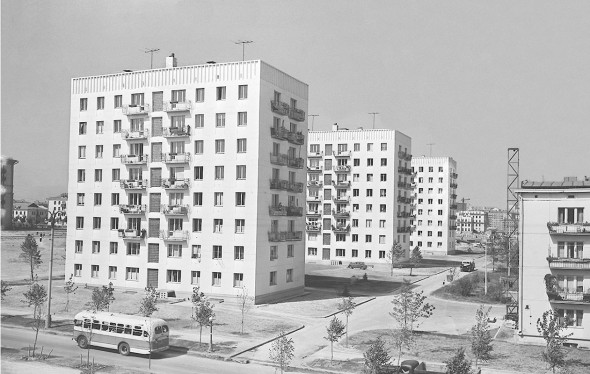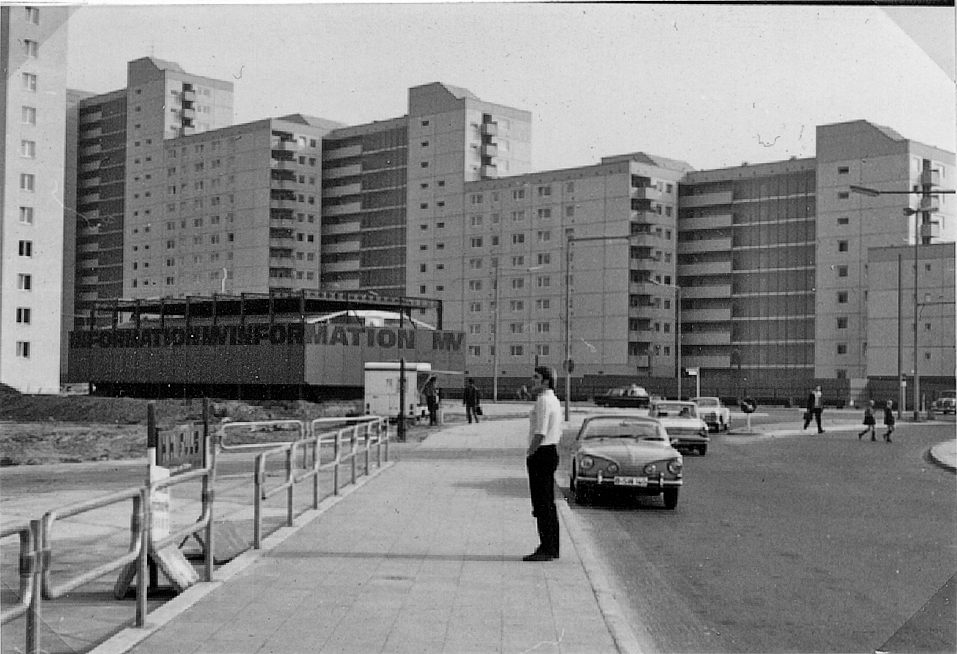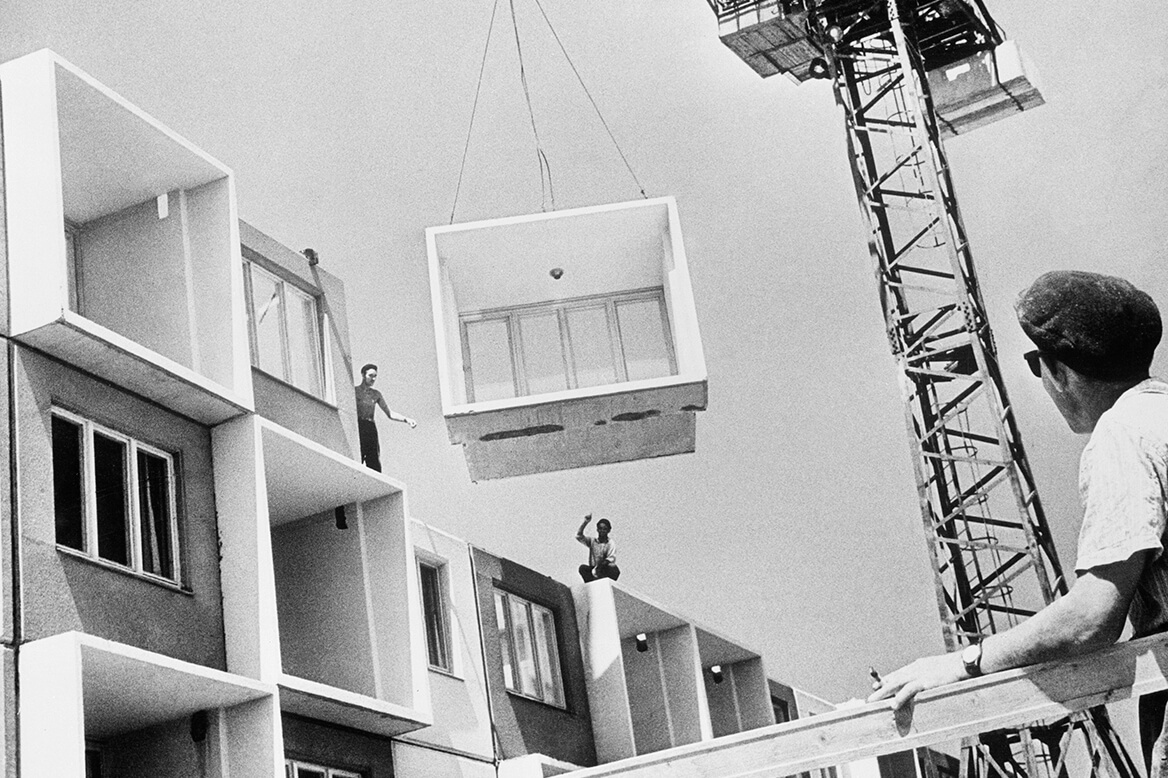Why is large housing demonized?

Dreams of home for every city dweller
Concept of modern large housing appeared after World War II when cities were growing fast and more people needed a place to live. XX century was a century of mass urbanization. So, housing shortage was widely considered as the most pressing social problem for all industrialized cities. That’s why the post-war world was obsessed with the idea of giving light, air and privacy for every city dweller and utopian vision of welfare society.
Architects and city planners all over the world were involved in finding the solution. Soviet and German constructivist architects developed a concept of ideal typical buildings. As a result, the new type of housing appeared: panel block buildings. In fact, most of the mass housing built in the 1950s had solved the problem. Homelessness rate decreased and standard of living had improved. But further destiny of large housing estates in different countries depended on social discourse and politics.
Death of socialist dream: Berlin and Moscow
Socialist dream of mass availability of well-being has crashed and there were several reasons for that. It can be illustrated by cases of Moscow and Berlin. Both in two cities, the modern concept of large housing was an innovation that excited the society. It was a symbol of justice for everyone. But later, when social discourse changed criteria of “good” and ‘bad’ architecture.
Example of Berlin shows how fast attitudes can change throughout one year. Crucial moment that catalyzed mass dissatisfaction with large housing (exactly Märkisches Viertel, a huge district in West Berlin) was a fair for young architects

Berlin city council generously invested in this event and got a lot of negative feedback on building policy in turn. Criticism of large housing in Berlin included: ‘grayness and monotony’, shoddy construction, poor infrastructure (lack of schools, shops and public transport) and high rents. Actually none of this referred to building design, but closely related to social problems and inequality in access to privileges.
In Moscow modern mass housing came with the large soviet program by Nikita Khrushchev launched in 1955. It was a success and symbolized triumph of the city in anticipation with the village. However, it had an obvious flaw — extreme tightness of living space. Statistics showed that in the 1950’s soviet city dwellers had only seven 7 square meters in a flat. Background of this housing was a belief of progress and development and a vision that it is scientifically founded and based on expert solutions.

Later, in the 1970's different housing in city districts highlighted the inequality of Soviet society. Elites were still living in old stalin buildings, more spacious and convenient, surrounded by better infrastructure and social spaces. On the opposite, modern panel buildings settled by the work class had none of these privileges.
Is there a solution for a living level improvement in large housing?
It is definitely possible to make a better quality of life in mass housing. States should participate more in housing policy. For example, the government can control the level of rent cost and create social innovation (for districts development) through improved building strategy.